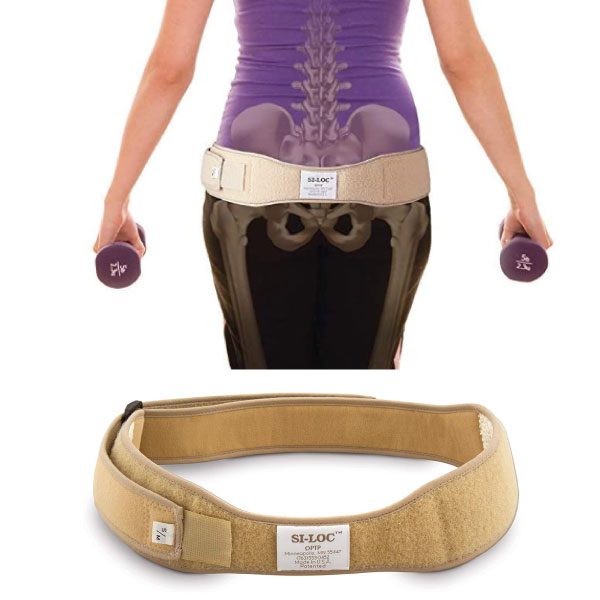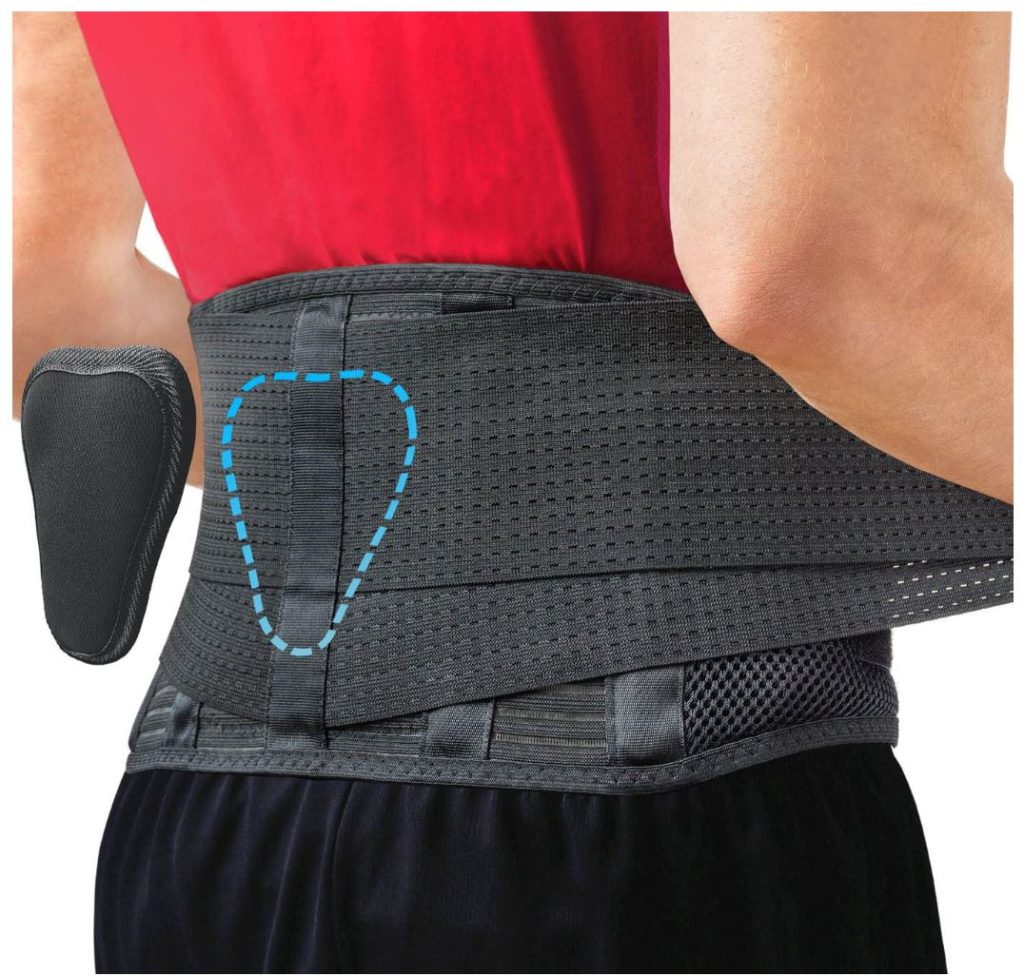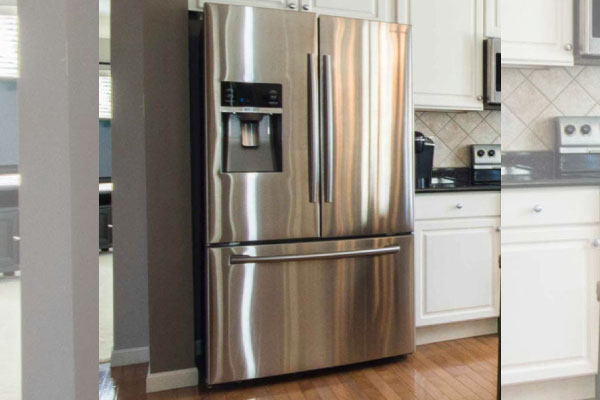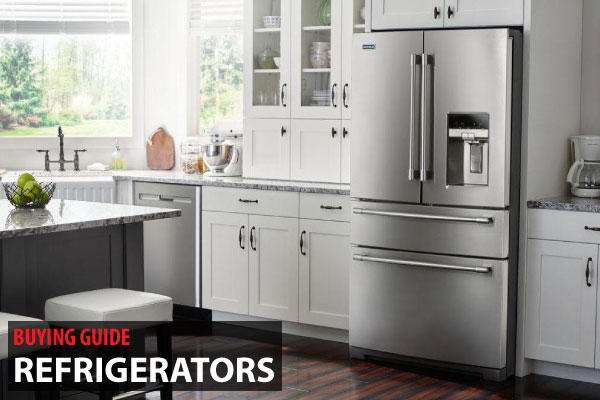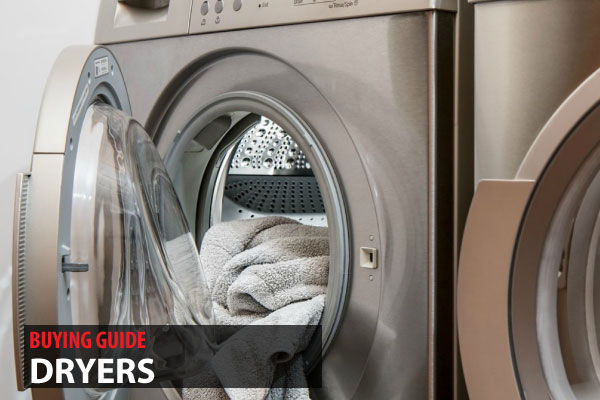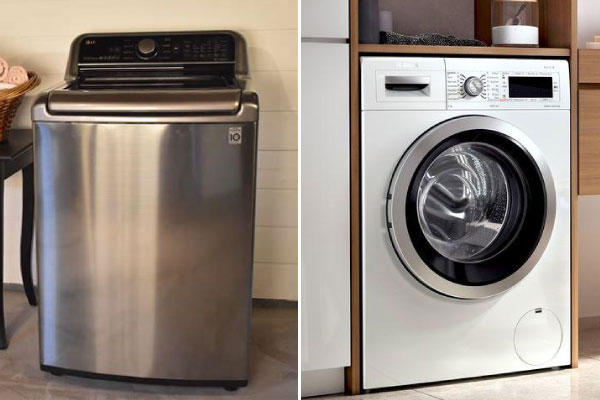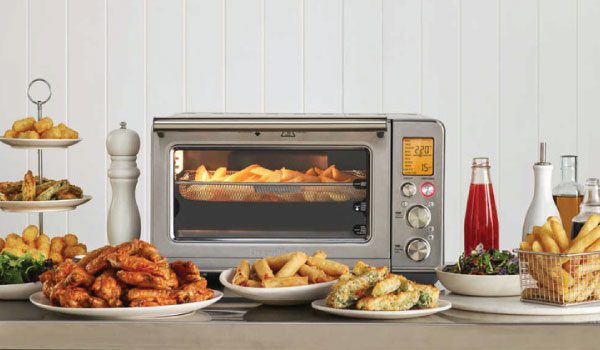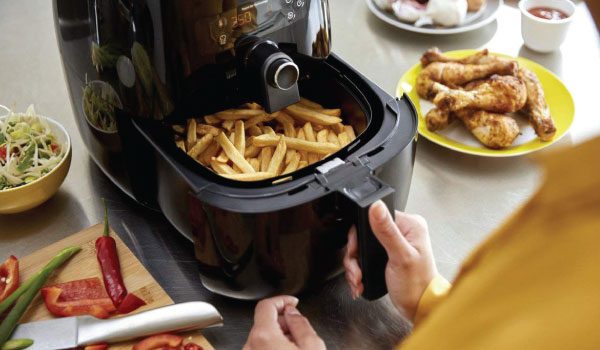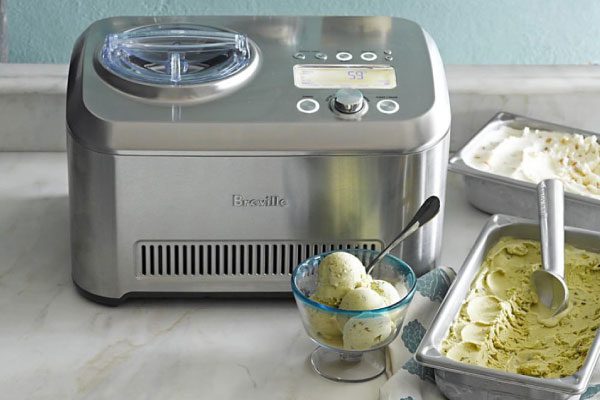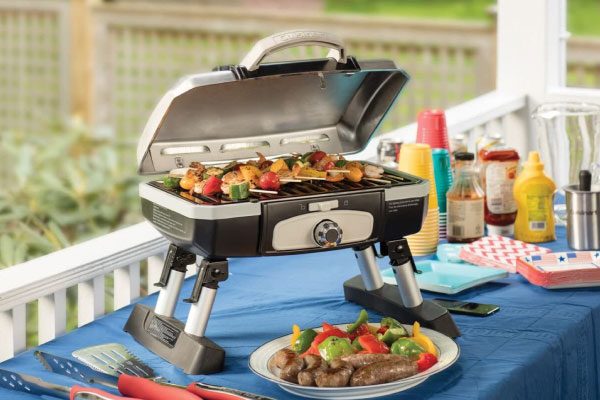Guide to Finding the Right Support Belt and Back Braces for Sciatica
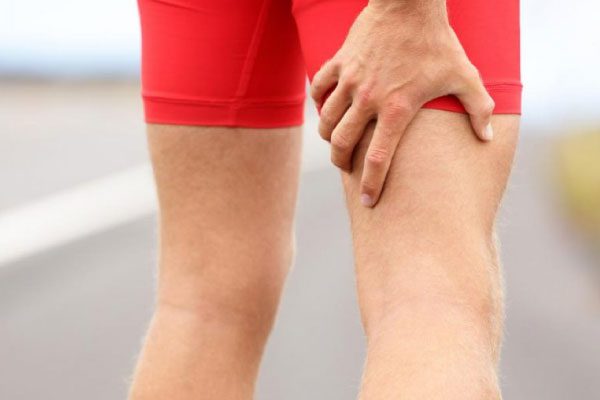
An injury impacting the lower back or the lumbar spine is called Sciatica. The damage and subsequent pain are usually a result of the compression felt by at least one or several nerve roots located in the lower back.
Sciatica Symptoms
Sciatica is a common condition that affects the health of around 40% of all adults worldwide. However, many cannot correctly understand the symptoms caused by sciatic pain and overlook the issue, which leads to chronic health issues.
It is worth noting that sciatica isn’t actually a disease. It is an umbrella term used to refer to pain felt in or around the patient’s lumbosacral spine. This ailment radiates with the sciatic nerve path from the leg, buttocks, and hip side and moves towards the lower back region. However, it mainly impacts any specific portion of your body.
The pain emerges when the lumbar spine or lower back’s nerve roots get compressed, irritated, or inflamed, usually resulting from the spinal canal or herniated disc contraction. The irritation or compression of nerves stimulates the sciatic nerve, and this eventually causes extreme pain. This is called stenosis.
What are the Causes of Sciatic Nerve Root Impingement:
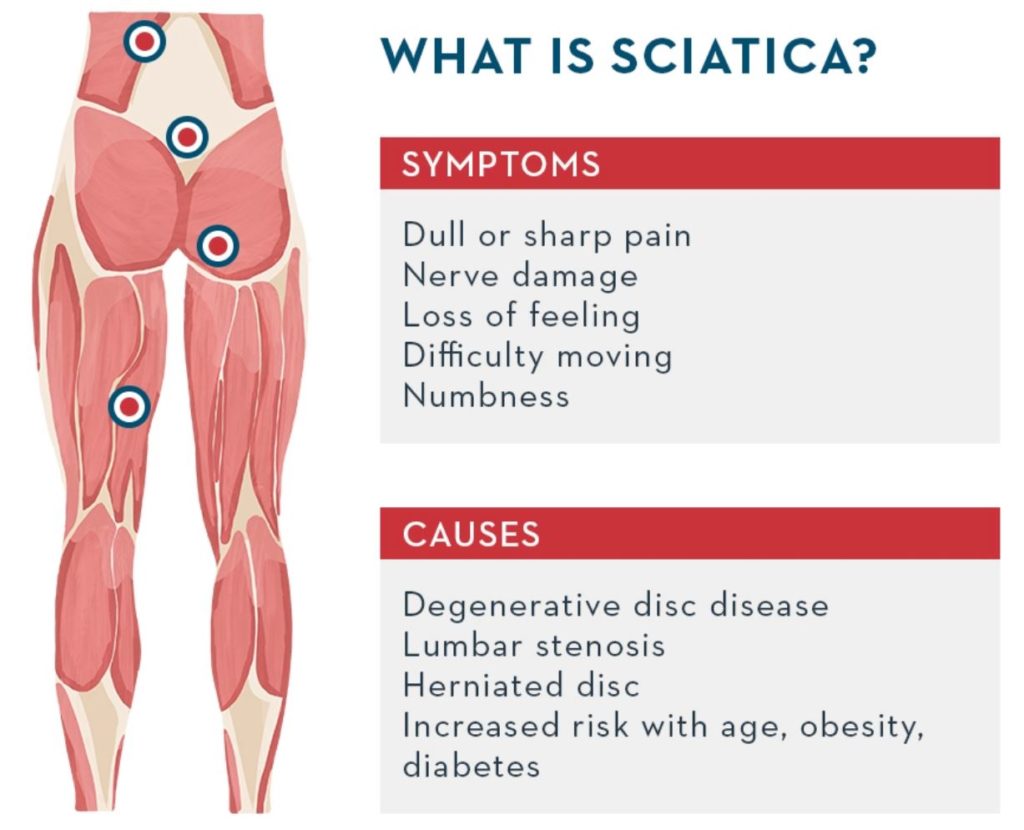
The following are some of the leading causes of sciatic nerve compression.
- Diabetes
- Bone growth in the vertebrae, aka bone spurs
- Herniated disc
- Piriformis syndrome
- Spondylolisthesis
- Spinal stenosis
- Degenerative disc disease affecting the spine
- Vertebral fracture or tumor
- Sitting for an extended period
- Obesity
- Carrying bulky or heavy objects regularly
- Driving for extended periods
Problem Lumbar Areas
Depending on the sciatic nerve’s origin of compression location, we can determine the ailment. These locations include:

L4 Nerve Root:
The pathology is triggered by levels L3 and L4 within the lower spine. It leads to a reduction in the patellar reflex among the patients. It also causes pain and numbness around the medial lower foot and leg. Furthermore, it creates weakness resulting in the patient’s inability to stand firmly on tiptoe.
L5 Nerve Root:
In this case, the L4 and L5 region is impacted, and the patient feels numbness and pain in the foot’s upper part. They also experience weakness in the big toe, ankle, and/or foot drop.
S1 Nerve Root:
The S1 nerve roots manifest in your lower spine, particularly the L5 and S1 level, and cause numbness or pain around the foot sides, reducing hamstring reflection and making it difficult for the patient to walk on tiptoe, lifting off their heel.
Why Use Back Braces for Treating Lumbar Sciatica?
The diagnosis relies on a series of physical examinations, including examining muscle reflexes and strengths, and imaging tests such as CT scan, X-ray, electromyography, and MRI. The physician would detect the root cause of the sciatic pain and its extent/severity.
Afterward, the patient consults a physiotherapist who will design a rehabilitation program to soothe the impacted nerve and prevent further injury. This program generally includes exercises for muscle strength to support the back and improve posture and flexibility.
A medical specialist may recommend compression therapy to promote quick recovery since it involves using an elastic device to alleviate the pain, regulate the flow of blood, reduce pressure on the vein, and encourage relaxation around the injured/affected area.
However, if you want faster improvement in sciatica, your best bet is lumbar support and back braces. The braces act as a support system for the back and tighten the lumbar region via adequate support provided therapeutically.
What are the Benefits of Back Braces?
Some of the main benefits of using back braces include:
- Back pain reduction
- Treats lumbar instability
- Optimizes back region protection to prevent the disease’s progress to chronic stages
- Augments patient’s rehabilitation period after sciatica and any other back disorder
- Helps the patient perform movements confidently and safely
- Offers comfort to the user
- It prevents patients’ posture-related issues by stopping them from incorrect efforts or adopting postures that may further aggravate the condition.
- Encourages lumbar area balance
- It helps support correct spine ligament preservation.
Best Sports/Compression Back Supports to Improve Sciatica Pain:
Many different sports back supports are available to help you alleviate sciatica pain. Also called compression back braces, these supports have proven to effectively treat sciatica pain quickly when used with a prescribed treatment from a certified physician. These belts help reduce the primary symptoms that lumbosacral spine pathology generally encourages. Have a look at the best compression back braces.
Sacroiliac Support Belt
These braces support the hip area, due to which we also refer to them as sacroiliac hip belts. The belt comprises a pelvic belt that protects the lower back and the hip joint to alleviate/release pain and tension around the pelvic region. It also offers a superior level of support in the lower back. Along with reducing pain, sacroiliac belts are ideal for minimizing inflammatory process arising in the hip area and helps recover the reduced/limited mobility. Furthermore, it prevents the disease from worsening by limiting sudden movements and offers optimum comfort to the user while adapting to the body’s flexibility.
Back-Support Sports Belt
It is a garment or cloth designed especially for day-to-day and sporting activities. Being a highly elastic compression belt helps control the pain around and inside the lumbar region. The back-support sports belt is most effective when used with post-sciatic rehabilitation therapies. Its primary focus is on immobilizing the lumbosacral spine and offering the user an enhanced feeling of security. It also prevents the user from adopting the wrong posture, which may further intensify the injury. Moreover, these types of lumbar supports compress the abdominal region to ensure the back’s curvature returns to its original position and aid the rehabilitation process.

